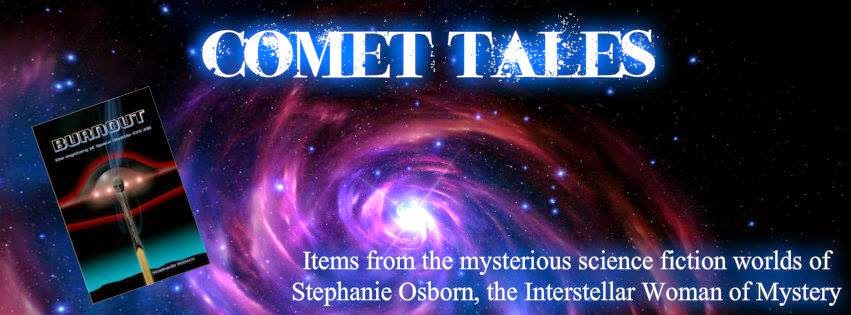I have friends who live there. I have been there many times. I recognize the scenes, the neighborhoods and mountainsides that are burning. They are places I have talked about in my Displaced Detective series, which is based in the CoSpr area. I am terrified for my friends, I am horrified at the destruction, and I am dreading the potential loss of the historic district. When I read the evacuation orders and the boundaries of the evac zones, I recognize the landmarks they are using. This whole thing is a living nightmare. I cannot even imagine the mental state of those who are living it.
There are many homes being burned in this fire. There are numerous reasons for this. One is that, between the USAF Academy, Peterson AFB, Schriever AFB, and Cheyenne Mountain, with their associated civilian contractors, there is a continual flux of people moving into and out of the area. People who have never lived in what is a kind of high desert before do not know how to protect themselves against wildfires. They pick a home site based upon its view, its aesthetics, then build a home like what they are used to, or what they envision is appropriate (e.g. a log cabin style), and landscape as they would in a well-watered area in the East. This is a recipe for disaster.
Aesthetic views notwithstanding, the homes should be as fireproof on the outside as possible. Nearby trees should be removed, so that they cannot catch fire and fall atop the house. Landscaping should be kept well AWAY from the house, and be of plantings that are relatively inflammable (although at temperatures hot enough to melt iron and steel, that can be a moot point). Plants should be surrounded by stones and pebbles, not organic mulch.
But in general this doesn't happen and outside the city limits proper there are no rules about such things. (I'm not sure what rules there are within the city limits either, but you get the idea.) And there are always things that happen: I was informed that only about a week or so ago a tremendous hailstorm came through that did severe damage to the flame-resistant shake roofs, breaking tiles galore, and many have not yet had a chance to repair the damage. Gaping hole in the fire defense.
So this is happening. And people are in harm's way. People are losing their homes and businesses. What can we do?
Go here : https://american.redcross.org/
This is the donation site for the Colorado Red Cross. You are welcome to donate whatever you like to whatever you like, but the Red Cross chapter for CoSpr is known as the Pikes Peak chapter, in the pull-down menu. I know that the son of a friend in the area has volunteered for Red Cross service - I think as a medic/EMT, though I could be wrong - despite the possibility that his home may be under evacuation notice at any time. I know people who are likely on the front line of that fire somewhere. Maybe we aren't there, but we can "get their backs." Donate, please, I urge you.
